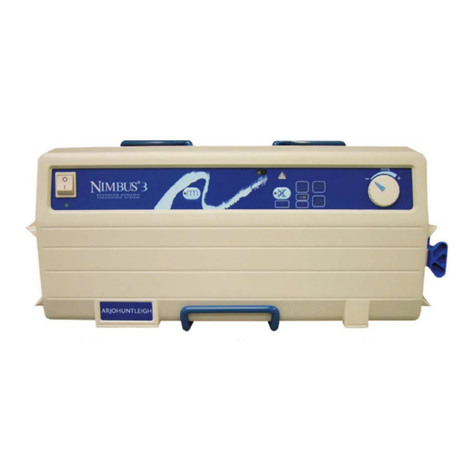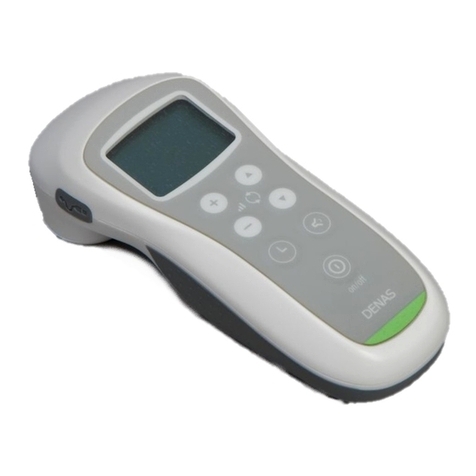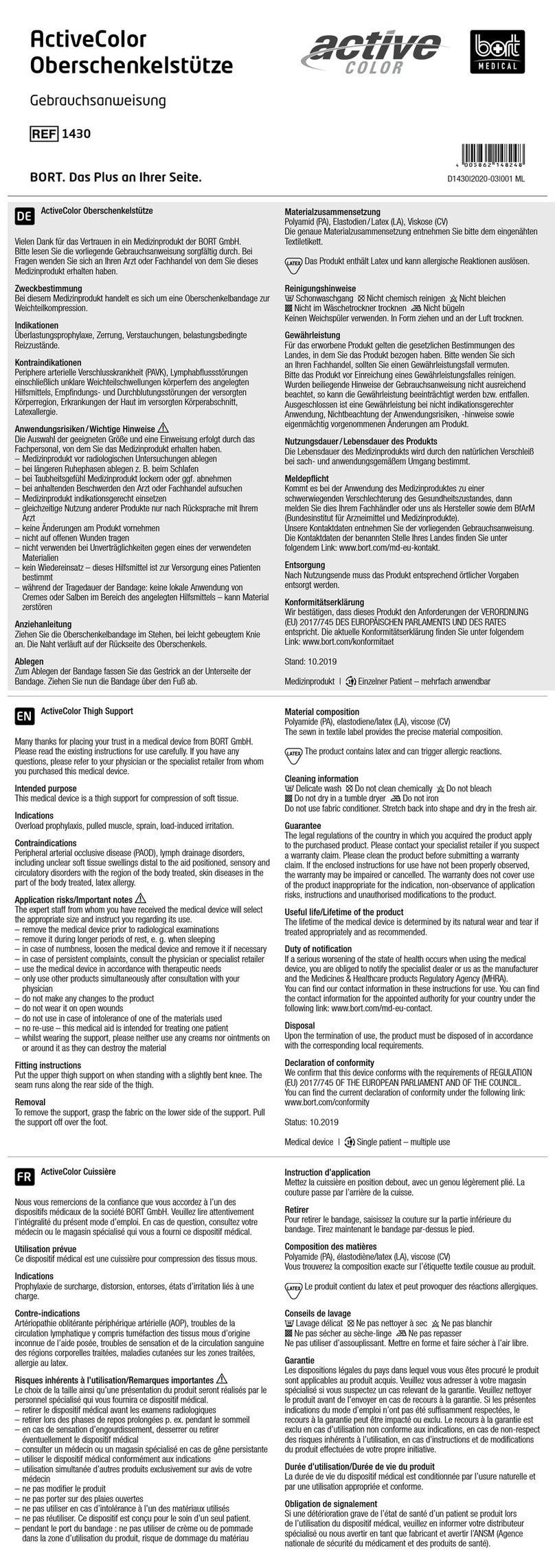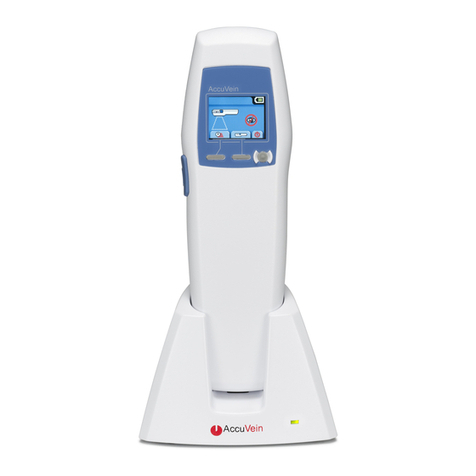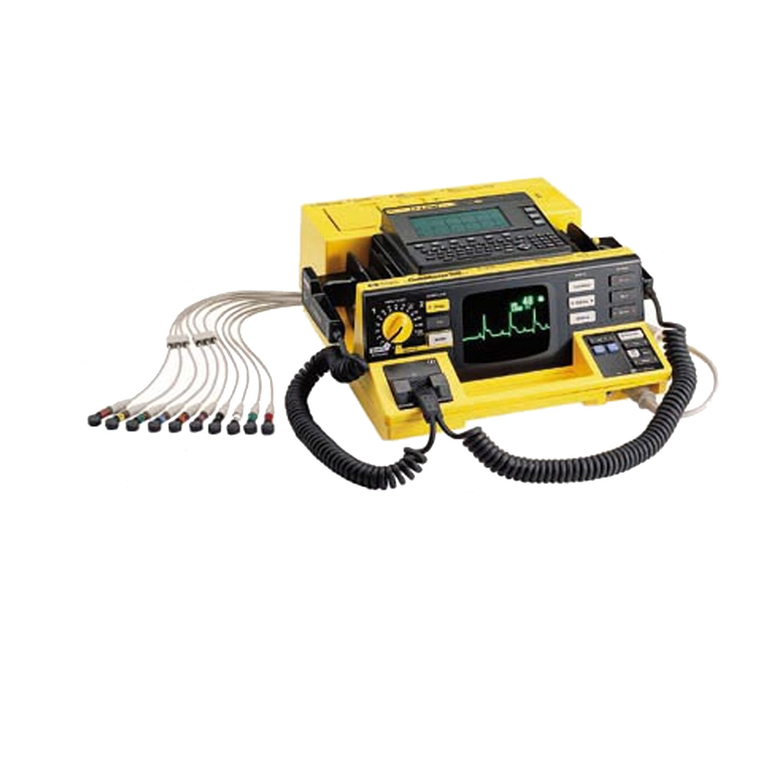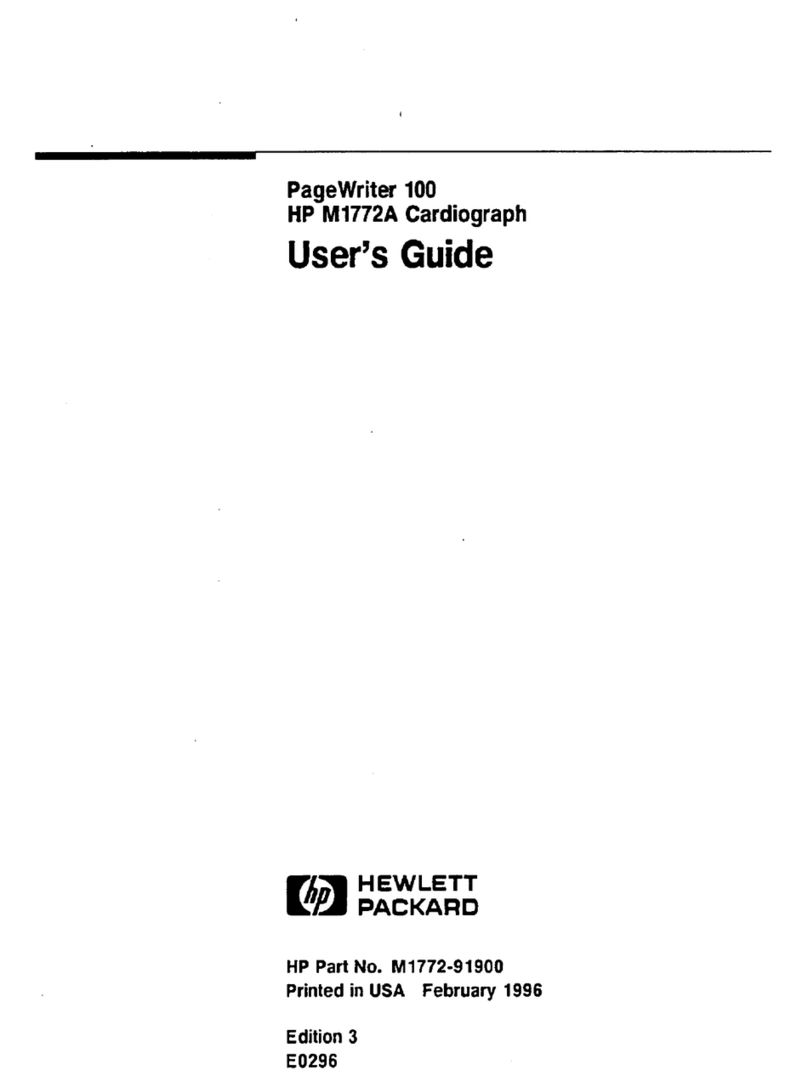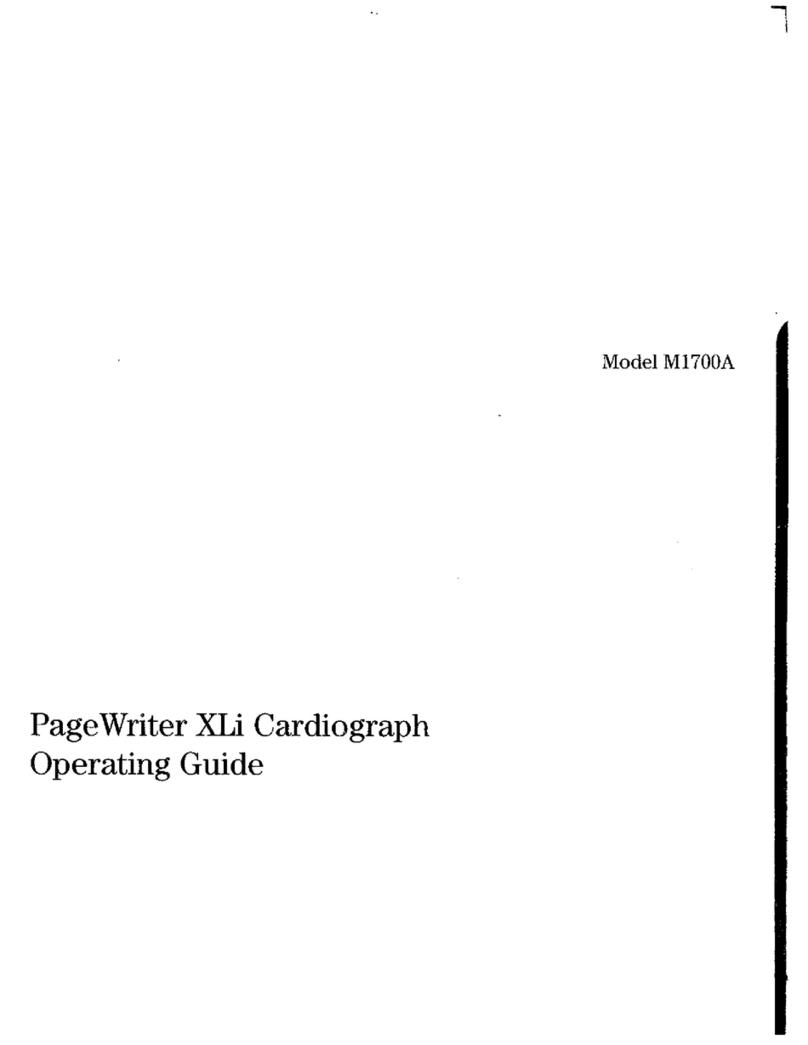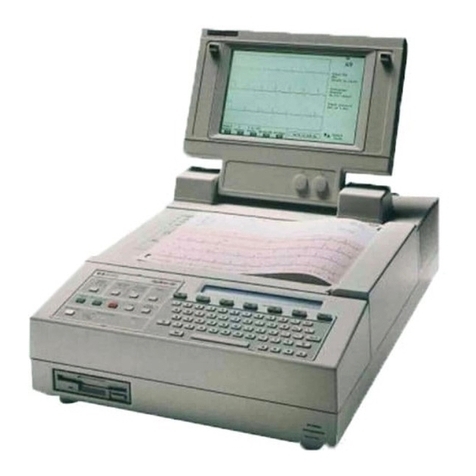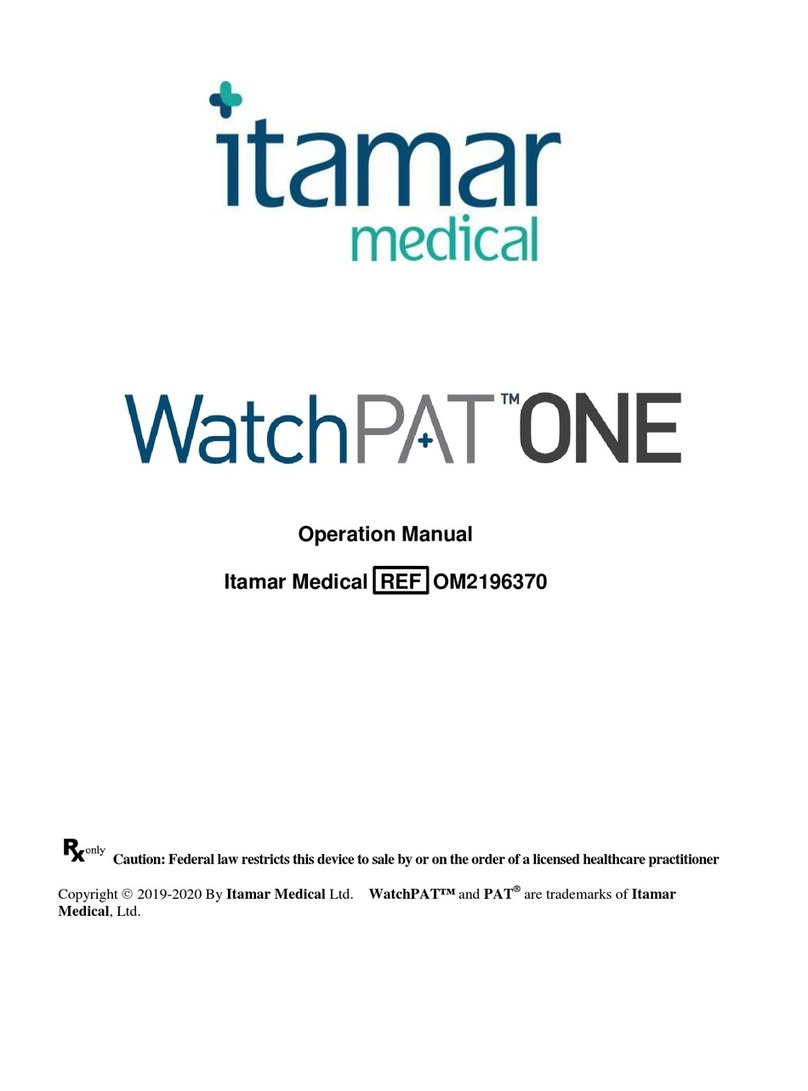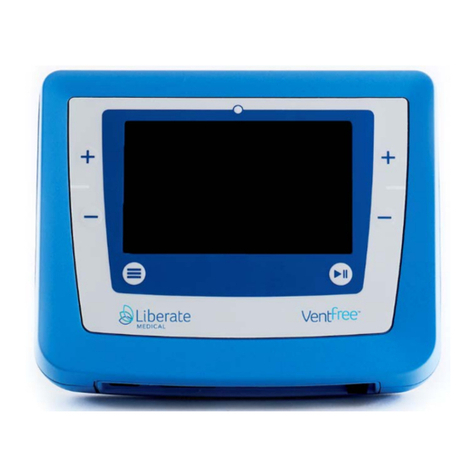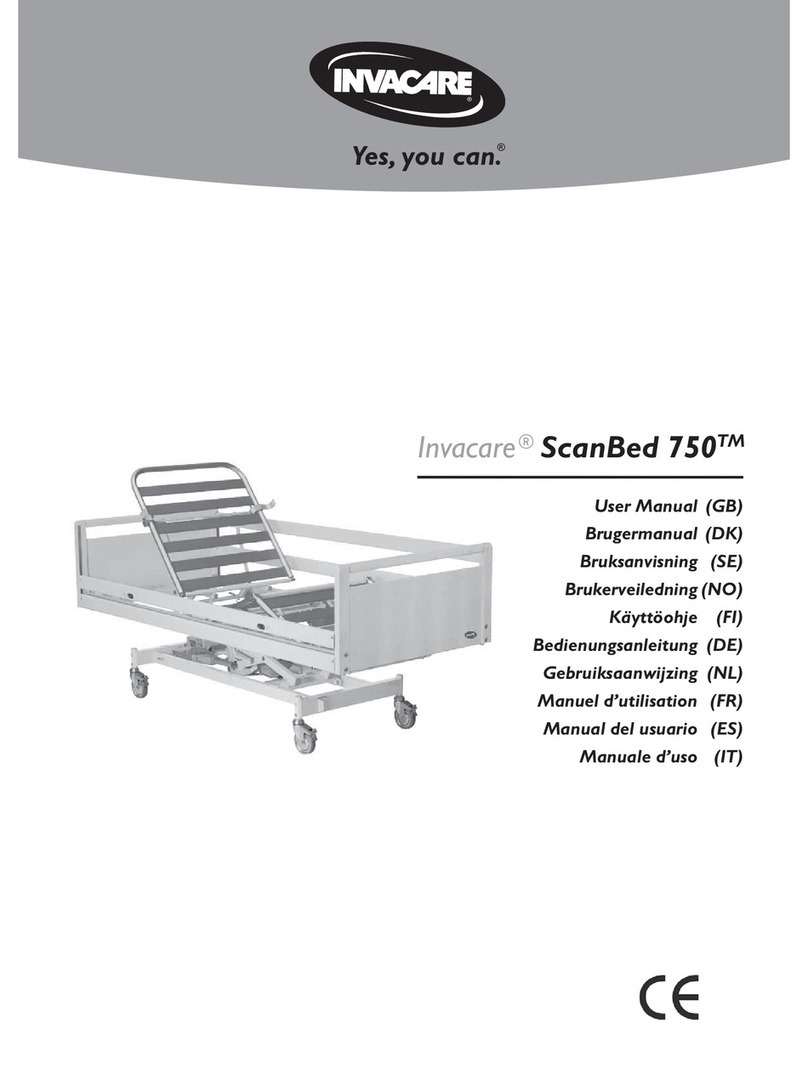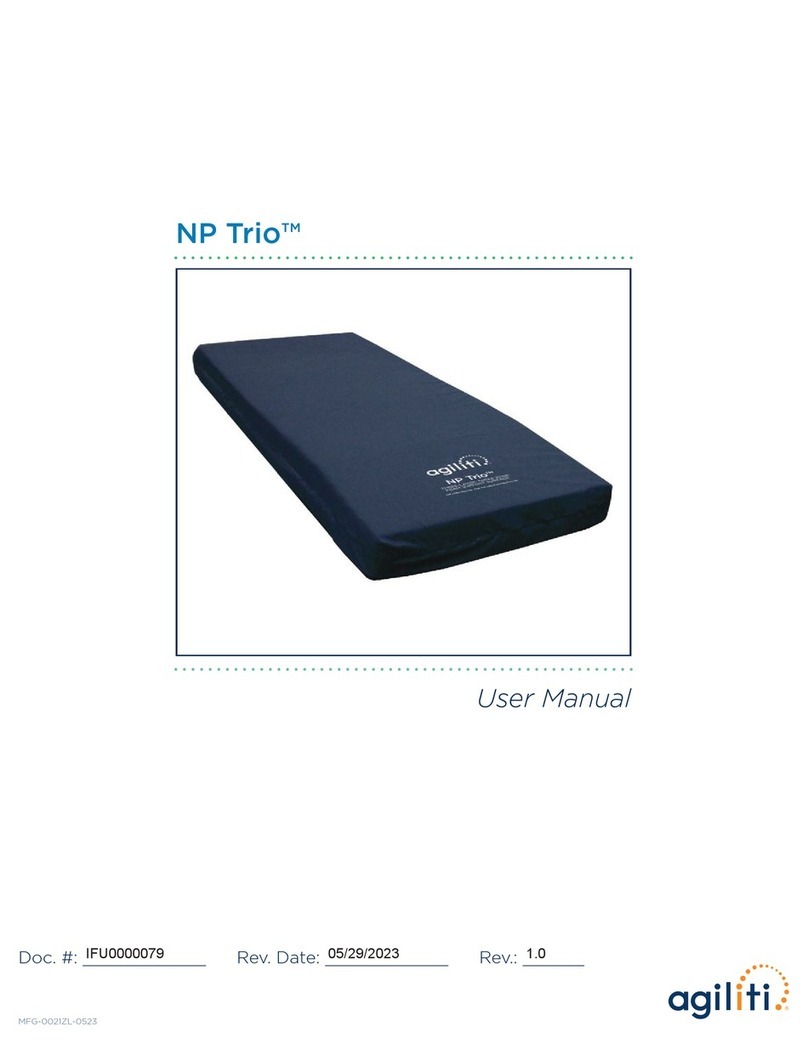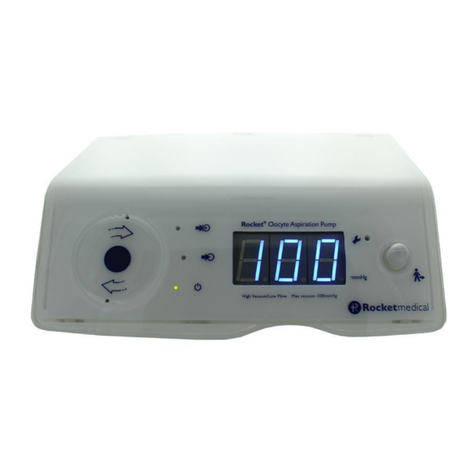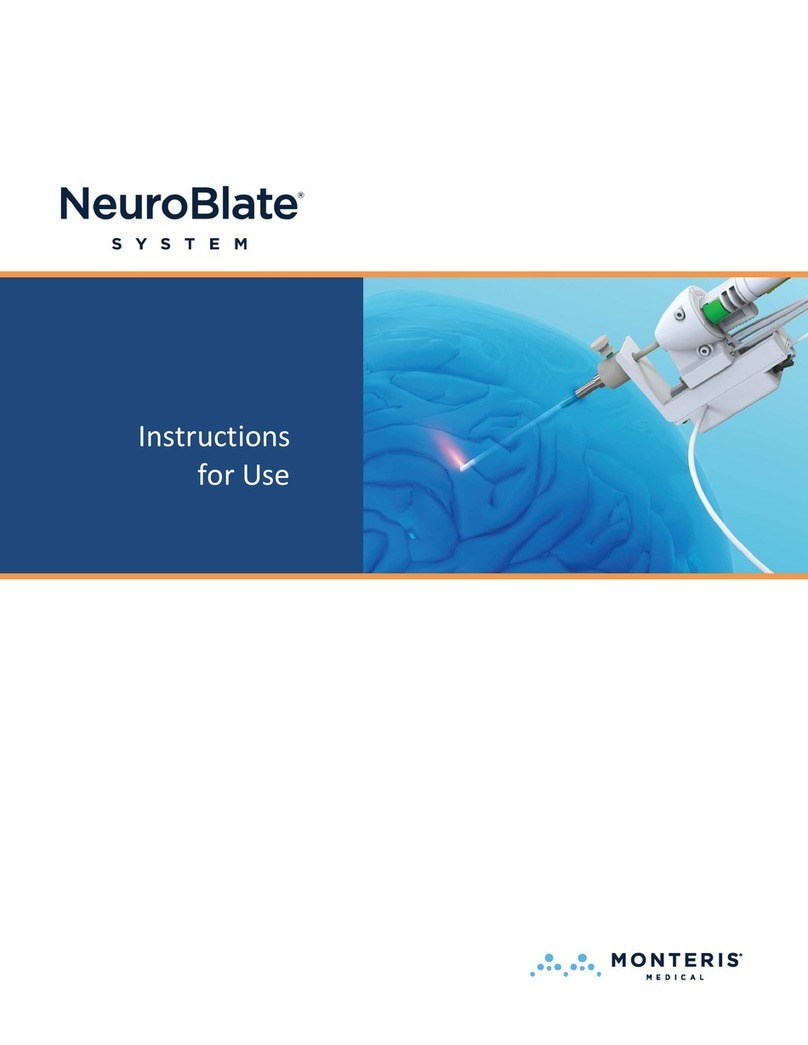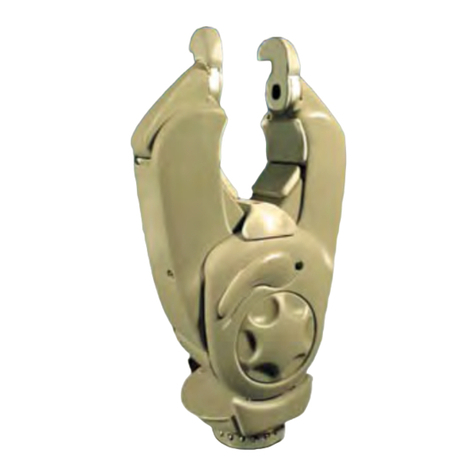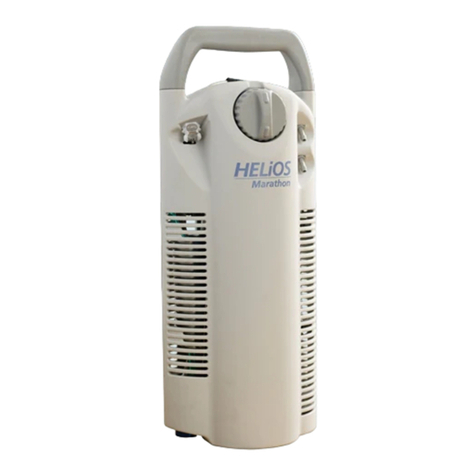
ii
0Notice
The information in this document is subject to change without notice.
Hewlett-Packard makes no warranty of any kind on this material, including but not
limited to, the implied warranties of merchantability and fitness for a particular
purpose. Hewlett-Packard shall not be liable for errors contained herein or for
incidental or consequential damages in connection with the furnishing,
performance, or use of this material.
This document contains proprietary information which is protected by copyright.
All rights are reserved. No part of this document may be photocopied, reproduced,
or translated to another language without the prior written consent of Hewlett-
Packard Company.
Before using the instrument, read this guide and become thoroughly familiar with
the contents.
Responsibility of the Manufacturer
Hewlett-Packard only considers itself responsible for any effects on safety,
reliability and performance of the equipment if:
assembly operations, extensions, re-adjustments, modifications or repairs are done
by persons authorized by Hewlett-Packard, and
the electrical installation of the relevant room complies with the IEC or national
requirements, and
the instrument is used according to the instructions for use presented in this man-
ual.
As with all electronic equipment, radio frequency interference between the
defibrillator and any existing RF transmitting or receiving equipment at the
installation site, including electrosurgical equipment, should be evaluated carefully
and any limitations noted before the equipment is placed in service. Hewlett-
NOTE
